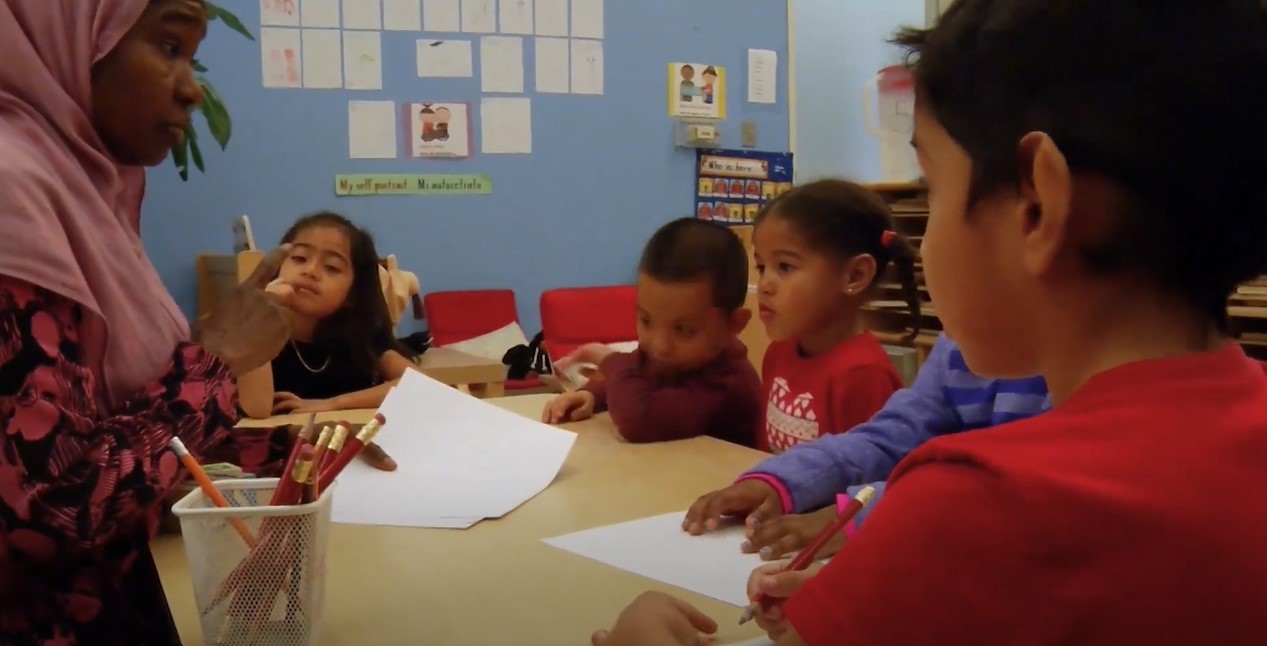EUGENE, Ore. (Ivanhoe Newswire)—Studies suggest early math skills are a better predictor of academic success than early reading skills. However, in a typical five-hour preschool day, only 58 seconds are spent on math learning. Ivanhoe reports on different activities that can expand kids’ math knowledge.
It’s the subject that some say is the toughest to learn.
But Ben Clarke, PhD, an Associate Professor at the University of Oregon says the key to math success is learning basic math skills early.
“If they get to get off to a good start in kindergarten, they’re likely to be successful in later elementary grades,” shared Clarke.
In a study of a math intervention program called ROOTS, nearly 600 kindergartners were randomly assigned to three groups: medium-sized groups of five students who received the ROOTS curriculum, small groups of two who received the curriculum, or a control group of children in regular math classes. The ROOTS intervention consists of 50 lessons that are 20 minutes each.
“With ROOTS, it’s a kindergarten math intervention, and it’s really designed to help students develop an understanding of whole numbers. The students engage with a number of different math concepts around counting cardinality, around understanding place value. The idea is that you can put numbers together or take numbers apart,” Clarke explained.
The study found the students who were placed in the ROOTS intervention did better on math tests than their peers in the control group. And the kids who benefited the most were the ones who started kindergarten with lower math skills. Clarke says it’s important for kids to verbalize their mathematical thinking.
“A big concern for math development and intervention programs is making sure kids get the chance to explain their math reasoning and get feedback from the teacher,” said Clarke.
For parents, boosting kids’ math skills at home could be as simple as measuring ingredients for a recipe, using jigsaw puzzles and blocks to promote spatial thinking …
“Or counting the number of stairs that you’re going up or down to build sort of early addition and subtraction or getting their child to think about numbers nested inside other numbers, so getting them to see that a five is made up of a one and a four or two or three together,” continued Clarke.
Getting to the root of the problem early on, adds up to math success later.
The students who took part in ROOTS intervention did so in addition to the regular kindergarten math curriculum. Clarke says another group who benefitted from the ROOTS intervention were English as a second language learners.
Contributors to this news report include: Cyndy McGrath, Executive Producer; Milvionne Chery, Field Producer; and Roque Correa, Editor & Videographer
Produced by Child Trends News Service in partnership with Ivanhoe Broadcast News and funded by a grant from the Institute of Education Sciences (IES).
Resource: https://journals.sagepub.com/doi/full/10.1177/2332858417706899

